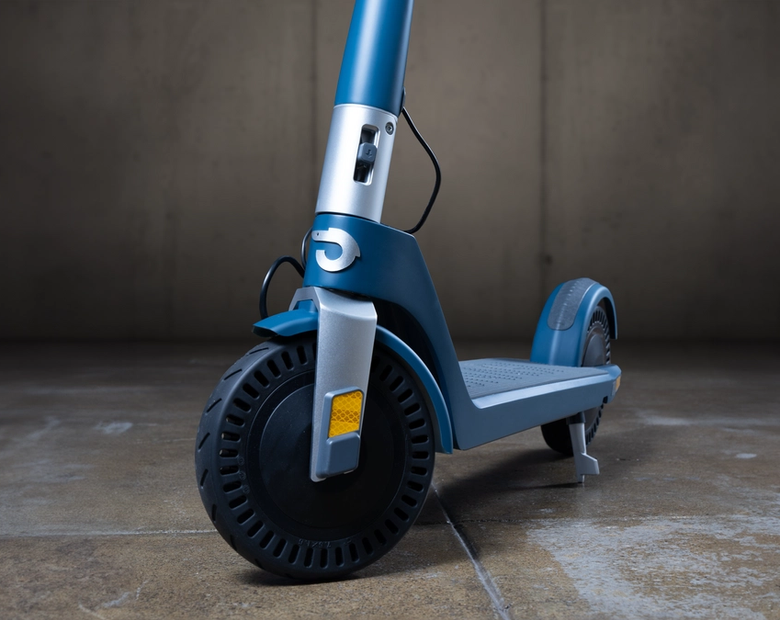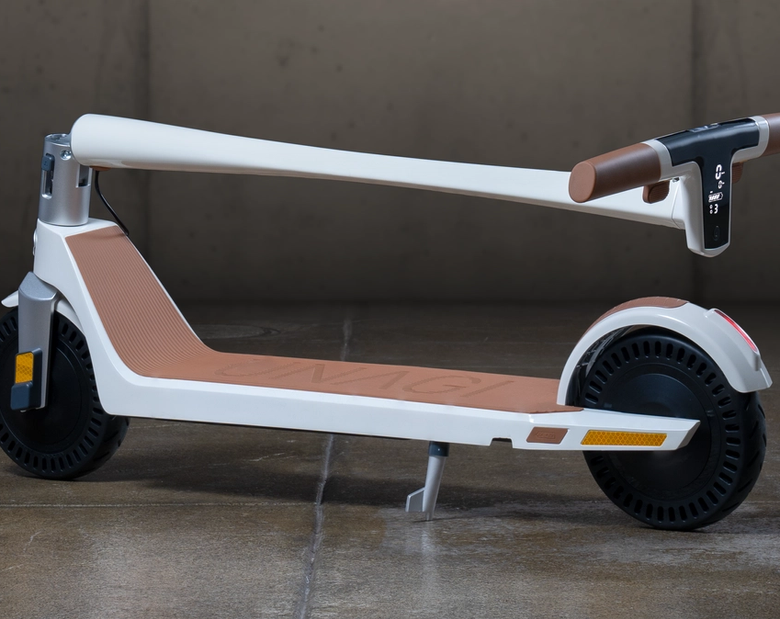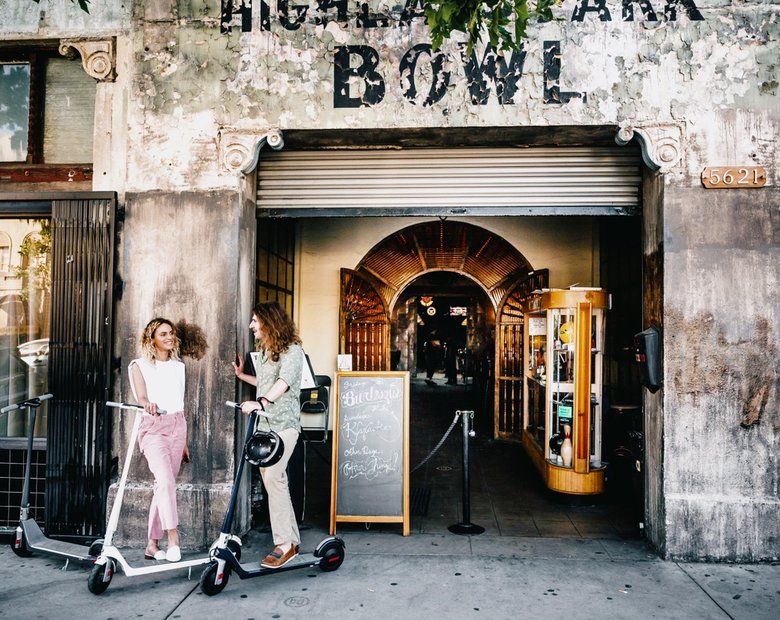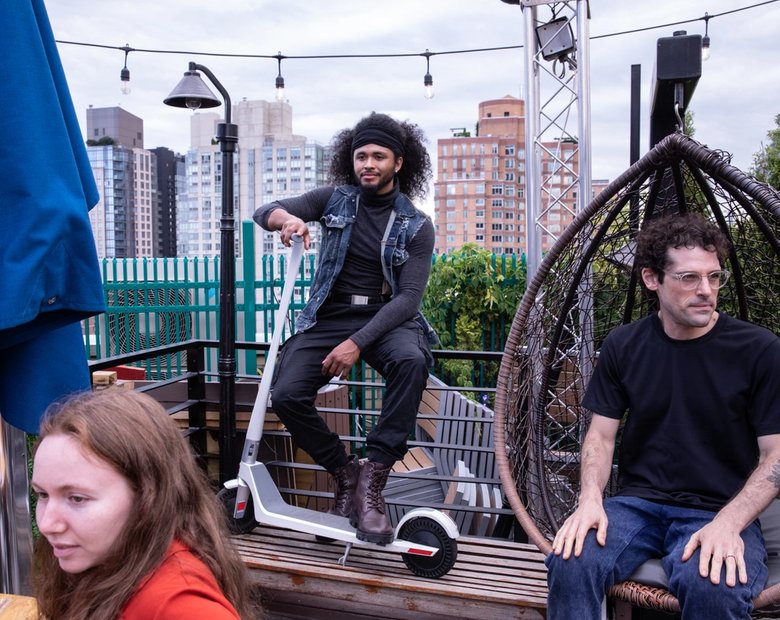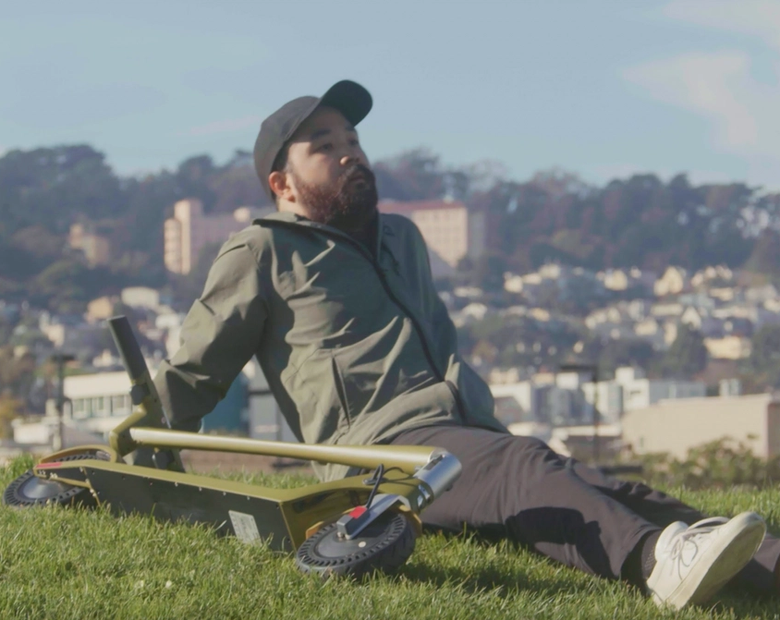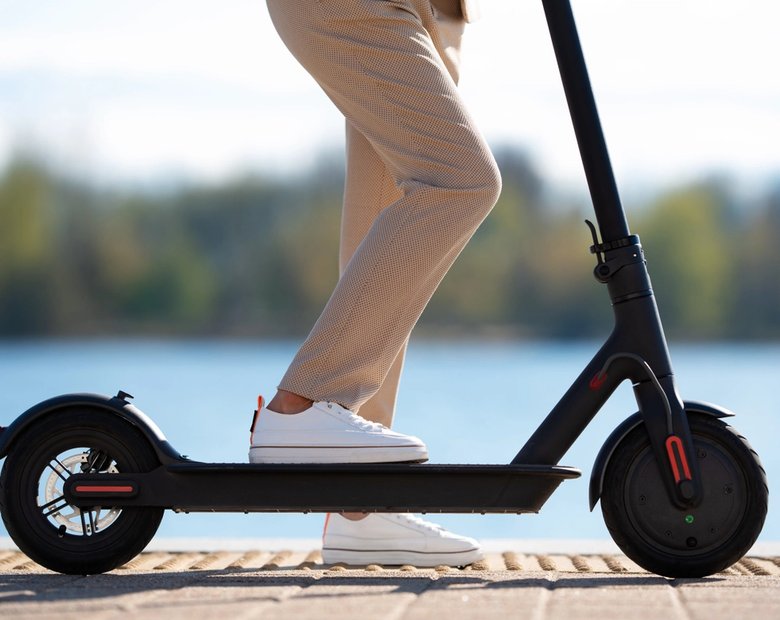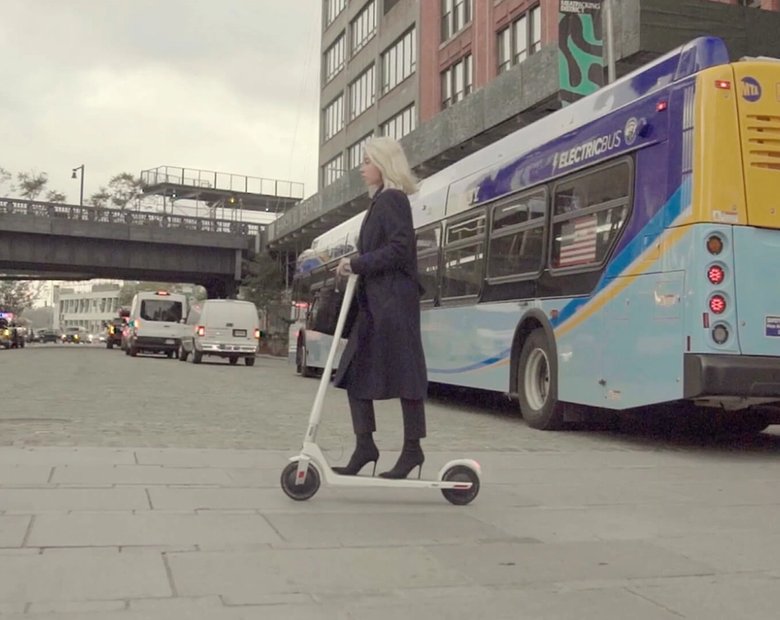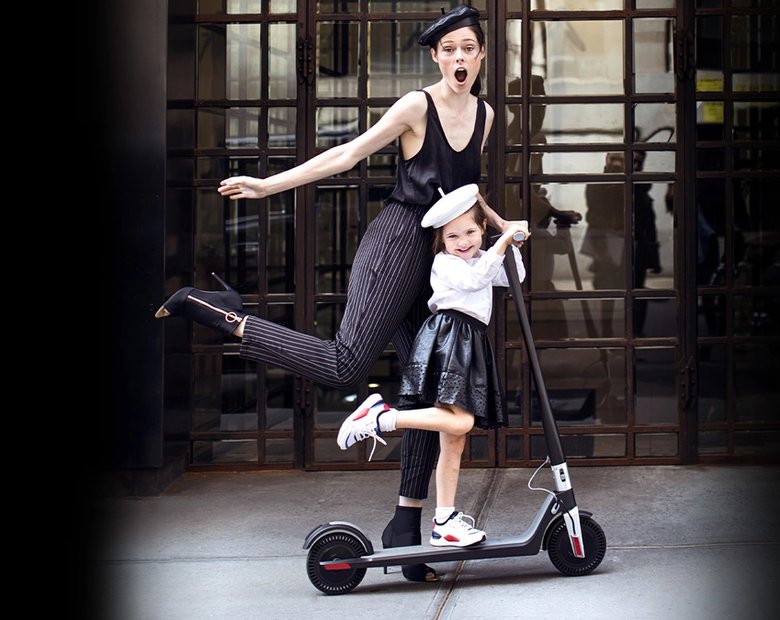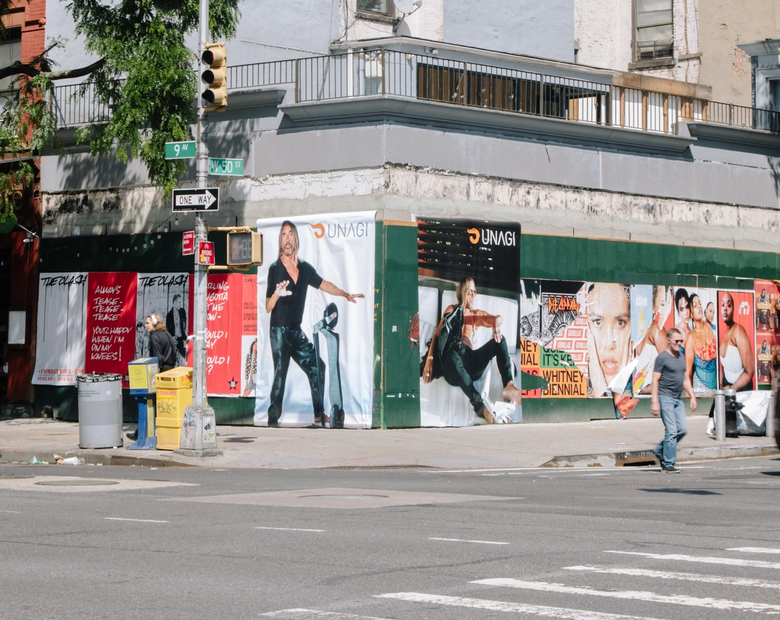Yet another potential blow to e-scooter users came recently when the U.S. Consumer Product Safety Commission (CPSC) released a report showing injuries from using e-scooters, hoverboards, and e-bikes rose 21% between 2021 and 2022.
Sounds shocking, right? Well, the report certainly made waves amongst anti-e-scooter crowds, but it doesn’t quite capture the entire story.
From the people using these micromobility devices to behaviors that caused crashes and not wearing a helmet, Unagi is about to reveal the facts behind the story.
What the report says
The CPSC report collected data from a national representative of hospitals between 2017 and 2022. According to the report, there were significant increases in injuries during this time, with hoverboards being the only form of micromobility to decrease injuries.
However, this can also be attributed to the fact that the U.S. banned many forms of hoverboards after declaring them unsafe (NBC News). Both e-bike and electric scooter users suffered higher incidences of injuries, but there are distinct correlations to be aware of.
Unfortunately, the report gives the impression that e-scooters themselves aren’t safe, but when we break it down into what caused the injuries, you can see a very different picture.
Not wearing a helmet

Yes, wearing a helmet is common sense—but many e-scooter users still don’t bother with them.
According to an article published by Consumer Reports, just 4% of people treated for injuries in Santa Monica and Los Angeles were wearing helmets when they suffered an e-scooter accident.
The rest weren’t wearing them, and many had to receive medical attention. There’s so much research into why wearing a good helmet is essential for safety, but a lack of legislation means many riders choose to go without one.
Helmets can prevent head injuries by up to 88%
The American Association of Neurological Surgeons (AANS) reports that wearing a helmet during sports-related or outdoor activities can decrease the risk of a traumatic brain injury by up to 88%, making them essential for e-scooters and e-bikes.
Considering that scooters are capable of traveling at high speeds, we also need to look at research surrounding motorcyclists.
The National Highway Traffic Safety Administration also reports that motorcycle riders are three times as likely to suffer a head injury if they don’t wear a helmet.
Why don’t riders wear helmets?
There are many potential reasons why e-scooter users don’t wear helmets, including the lack of perceived danger. As scooters don’t travel as fast as motorbikes, many people think they don’t need one.
Another reason is that they’ll have to carry the helmet around or worry about how they’ll look. However, modern helmets, such as Unagi’s retro style headgear, are lightweight to carry and ooze contemporary style, making them an excellent option for safety.
Young people are more likely to have accidents
Further to the lack of helmet use, the CPSC report also revealed that children 14 and under accounted for 36% of all e-scooter, hoverboard, and e-bike injuries. We can speculate that this number would be higher, but many states have minimum age restrictions.
The 2022 U.S. e-scooter laws highlight that Hawaii has a minimum age limit of 15, while states including Oregon, Washington, Kentucky, Nevada, and Florida state that e-scooter riders must be 16 or over.
Younger people might lack road safety knowledge and could also be less likely to wear helmets, which - of course - increases their risk of injuries.
Fires are becoming more common
Another contributor to micromobility-related injuries was fires, with electric device fires causing 19 deaths between 2021 and 2022. However, the report also showed that many of these fires were caused by people using modified battery packs and incompatible chargers.
Using manufacturer-approved components can significantly decrease the chance of fires, resulting in a safer experience for everyone.
Most importantly, only charge your e-scooter when you’re awake and can monitor it. These small steps might not seem like much, but they can make a positive difference to the negative press surrounding electric scooters.
Staying safe on an e-scooter means everyone can enjoy them
Investing in a privately owned e-scooter gives you complete control over your riding experience and ensures you know that the scooter’s safe. As providers of premium commuter scooters, we understand how important it is to prioritize safety but still focus on style.
Here’s how you can make the most of your Unagi Model One Classic or Voyager scooter.
- Wear a helmet. It’s central to your safety and prevents traumatic brain injuries.
- Be aware of other road users and make sure they can see you by investing in bright front lights and rear lights.
- Know your responsibilities as a road user and stay up to date on your city’s laws.
- Avoid alcohol, drugs, or medications that might compromise your ability to ride responsibly.
- Use the correct charger and spare batteries to prevent fires.
- Never let another person ride on the scooter with you.
- Use common sense at all times.
Remember, as a new form of transportation, e-scooters are bound to receive their share of bad press, but prioritizing safety and using them responsibly can turn naysayers into electric scooter enthusiasts.
The scooter community has a responsibility to show that these genius devices are a worthy (and much more sustainable) alternative to gasoline-powered engines. That way, we can continue to enjoy the freedom and flexibility they offer.



